For Product Registration and general enquires please contact us
Beet Blend
$11.99 – $119.99
Get the most variety out of this colourful, tasty, dynamic blend of beet seeds. This easy to grow vegetable may be eaten from foliage to root. Beets can grow in cool months and can take some frost.
Shipping & Returns
West Coast Seeds ships anywhere in North America. However, we are not able to ship garlic, potatoes, asparagus crowns, bulbs, onion sets, Mason bee cocoons, or nematodes outside of Canada. We regret, we cannot accept returns or damages for orders outside of Canada. The minimum shipping charge to the US is $9.99.
Description
More details about Beet Blend
Beta vulgaris. Can’t choose which beet to grow? Try this multicoloured beet blend. It represents the best and brightest of our beet varieties for high performance and great flavour. Get the most variety out of this colourful, tasty, dynamic blend of beet seeds. This easy to grow vegetable may be eaten from foliage to root. Beets can grow in cool months and can take some frost. Beets are high in Vitamin C, folic acid, antioxidants, minerals, fibre, and potassium. They also contain betaine, a compound that is essential for cardiovascular health. Matures in 50-65 days. (Open-pollinated seeds)-
- Can’t decide? Choose this blend!
- Beets are easy to grow
- Dynamic blend or heirlooms
- Open-pollinated seeds
- Matures in 50-65 days
All About Beet Blend
Latin
Beta vulgaris
Family: Amaranthaceae
Difficulty
Easy
We Recommend:
Chioggia (BT169). It’s hard to pick a favourite beet because they all have winning qualities. But slice into a Chioggia beet, and discover a party going on inside! It’s certainly one of the most festive looking of all garden vegetables, and it tastes wonderful, too. For Urban Growers: Try Bull’s Blood (BT174) as a micro-green, and harvest just as the first set of true leaves is emerging. Eye-catching and delicious – and very nutritious.
Season & Zone
Season: Cool Season Biennial
Exposure: Full-sun or partial-shade
Zone: Hardy to Zone 5
Timing
Direct sow 4 weeks after last frost to mid-summer. Beets will not produce roots if planted when the soil is too cold. Seeds will germinate in 5-12 days, depending on soil temperature. Optimal soil temperature: 10-26°C (50-80°F).
Starting
Sow 1cm (½”) deep, 5-10cm (2-4″) apart in rows 30-45cm (12-18″) apart.
Days to Maturity
From direct sowing.
Growing
Ideal pH: 6.0-6.8. For uniformly sized beets, thin carefully to 7-15cm (3-6″) apart when seedlings are 5cm (2″) tall. Eat any thinned plants, roots and all. root size is controlled by spacing and variety.
Harvest
Harvest at any size, but for the best flavour, pull the beets as soon as they have reached full-size. Eat the greens too. Store in the ground, or in moist peat or sand just above freezing.
Seed Info
In optimum conditions at least 75% of seeds will germinate. Usual seed life: 3 years. Per 100′ row: 600-1M seeds, per acre: 436M seeds.
Diseases & Pests
If beets have black cankers in the roots, soil may need more boron. Dissolve 1 tablespoon of borax to 4L (8½ US pints) of water, and spread evenly over 9m² (100 sq ft) of soil. Do not over apply at a heavier rate. Circular lesions with a purple halo on the leaf is cercospera leaf spot. Prevent by strict crop rotation and sanitation. Leaf miner maggots cause blistered grey tunnels in leaves. Just squish them inside the leaf. Floating row cover carefully applied after planting will prevent the leaf miner fly from laying its eggs.
Companion Planting
Beets add minerals to the soil. The greens are very good for the compost. Plant with bush beans, Brassicas, corn, garlic, kohlrabi, leeks, lettuce, and mint. Add cut mint leaves as a mulch for beets. Avoid planting beets near pole beans, as the nitrogen fixed by the beans may encourage leafy beet growth and diminished root development.






How to Grow Beets

Step 1: Timing
Direct sow 4 weeks after last frost to mid-summer. Beets will not produce roots if planted when the soil is too cold. Seeds will germinate in 5-12 days, depending on soil temperature. Optimal soil temperature: 10-26°C (50-80°F).
Step 2: Starting
Sow 1cm (½”) deep, 5-10cm (2-4″) apart in rows 30-45cm (12-18″) apart.
Step 3: Growing
Ideal pH: 6.0-6.8. For uniformly sized beets, thin carefully to 7-15cm (3-6″) apart when seedlings are 5cm (2″) tall. Eat any thinned plants, roots and all. Root size is controlled by spacing and variety.
Step 4: Germination
Days to maturity: From direct sowing. In optimum conditions at least 75% of seeds will germinate. Usual seed life: 3 years. Per 100′ row: 600-1M seeds, per acre: 436M seeds.
Step 5: Harvest
Harvest at any size. For the best flavour, pull the beets as soon as they have reached full-size. Eat the greens too! Store in the ground, or in moist peat or sand just above freezing.
Step 6: Tips!
Disease & Pests: If beets have black cankers in the roots, soil may need more boron. Dissolve 1 tablespoon of borax to 4L (8½ US pints) of water, and spread evenly over 9m² (100 sq ft) of soil. Do not over apply at a heavier rate. Circular lesions with a purple halo on the leaf is cercospera leaf spot. Prevent by strict crop rotation and sanitation. Leaf miner maggots cause blistered grey tunnels in leaves. Just squish them inside the leaf. Floating row cover carefully applied after planting will prevent the leaf miner fly from laying its eggs. Companion Planting: Beets add minerals to the soil. The greens are very good for the compost. Plant with bush beans, Brassicas, corn, garlic, kohlrabi, leeks, lettuce, and mint. Add cut mint leaves as a mulch for beets. Avoid planting beets near pole beans, as the nitrogen fixed by the beans may encourage leafy beet growth and diminished root development.Additional information
| Matures | in 50-65 days |
|---|---|
| Season | Cool season biennial |
| Exposure | Full-sun or partial shade |
| Quantity | 5g, 25g, 125g |
You must be logged in to post a review.




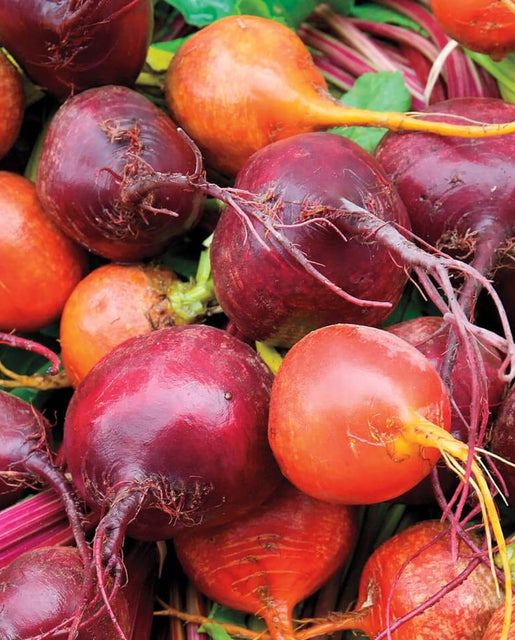
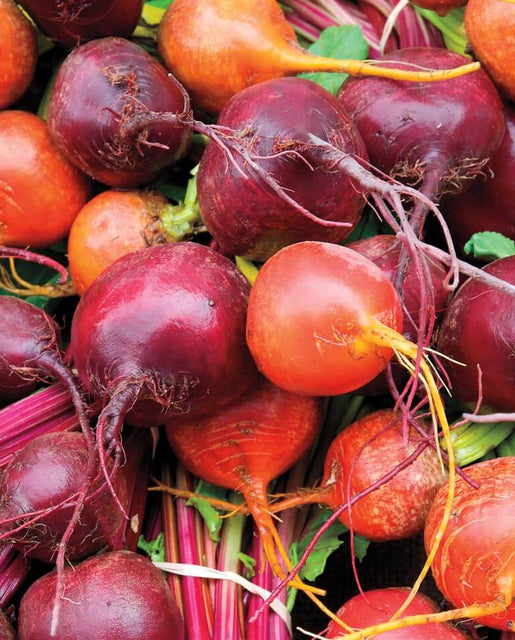
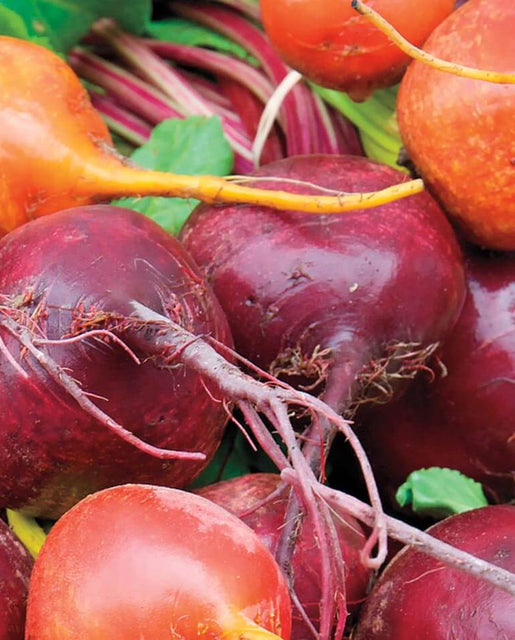
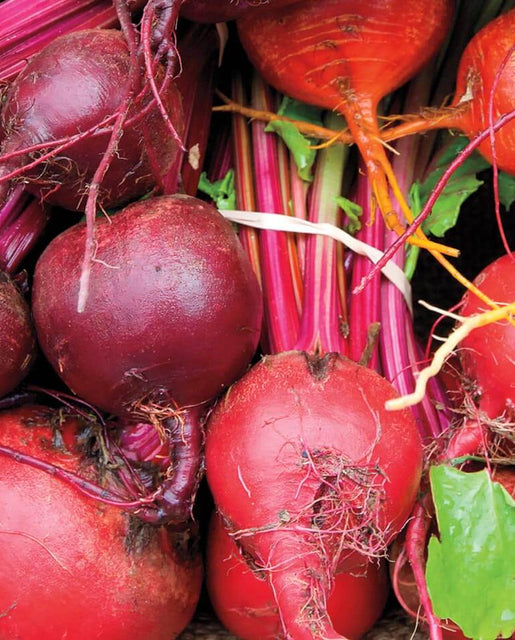
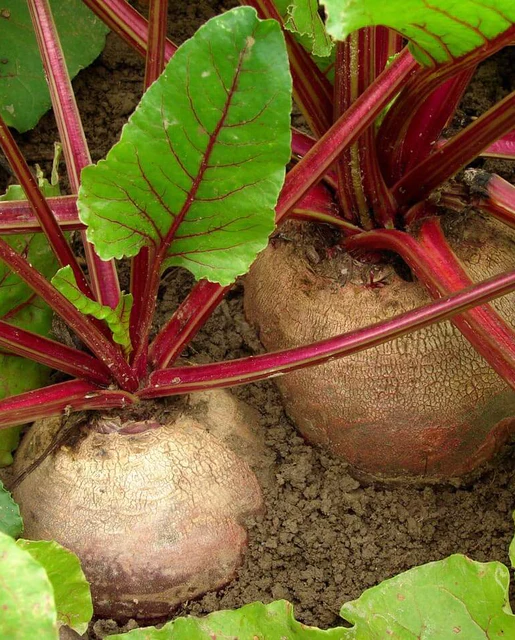
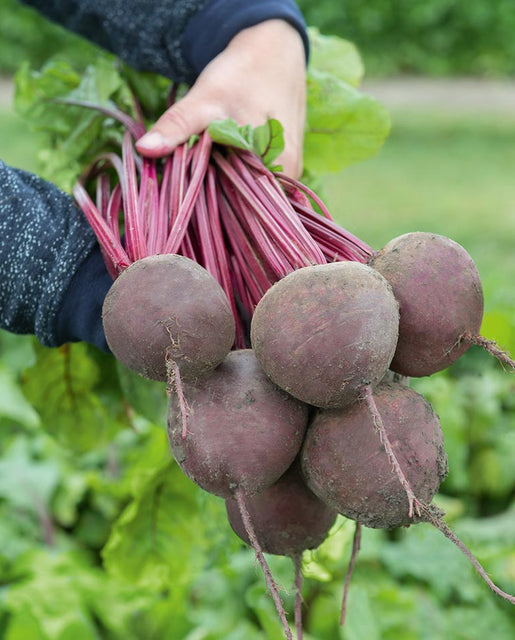
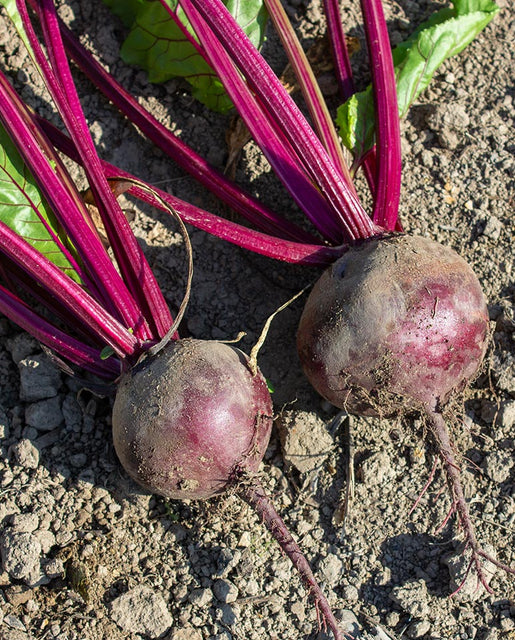
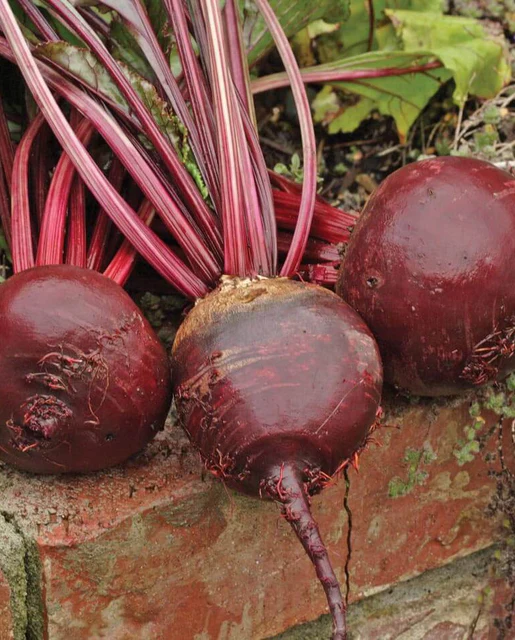
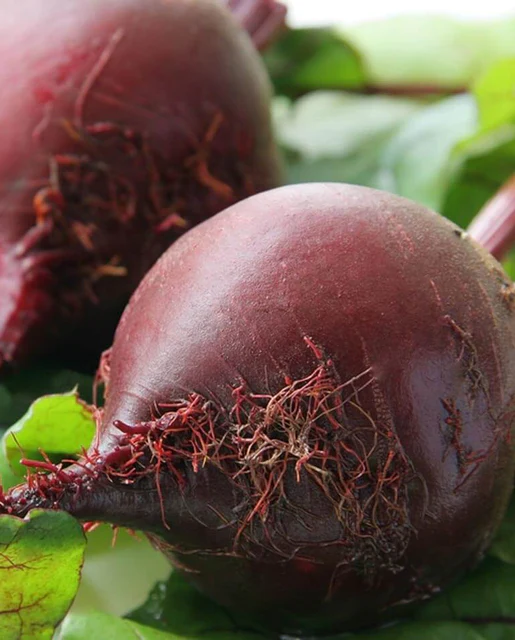





Reviews
There are no reviews yet.